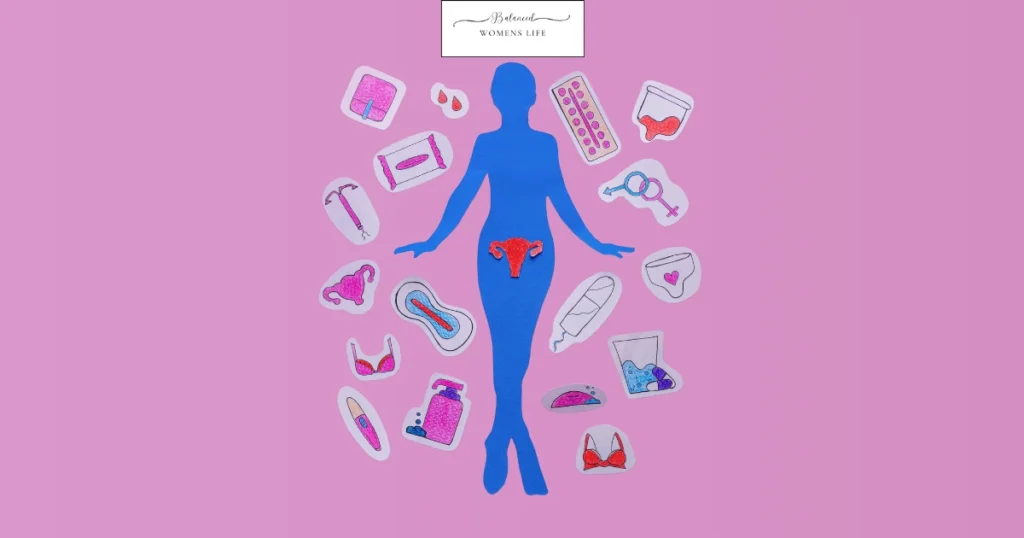Reproductive System Diseases: Signs, Risks & Prevention
The reproductive system plays a crucial role in overall health, yet many individuals are unaware of the various diseases that can affect it. Understanding reproductive system diseases is essential for early detection, effective treatment, and maintaining reproductive health. This article explores common reproductive system diseases, their signs, risks, and prevention strategies.
Understanding Reproductive System Diseases
Reproductive system diseases encompass a range of conditions that can affect both men and women. These diseases may arise from infections, hormonal imbalances, structural abnormalities, or genetic factors. Recognizing the signs and symptoms of these diseases is vital for timely intervention.
Common Types of Reproductive System Diseases
- Infections: These include sexually transmitted infections (STIs) such as chlamydia, gonorrhea, and human papillomavirus (HPV), which can lead to serious complications if left untreated.
- Endometriosis: A condition where tissue similar to the lining of the uterus grows outside it, causing pain and potential fertility issues.
- Polycystic Ovary Syndrome (PCOS): A hormonal disorder causing enlarged ovaries with small cysts and affecting menstruation and fertility.
- Uterine Fibroids: Non-cancerous growths in the uterus that can cause heavy bleeding and pain.
- Cervical Cancer: A type of cancer that occurs in the cervix and is often linked to HPV infection.
- Ovarian Cysts: Fluid-filled sacs on the ovaries that can cause discomfort and complications if they rupture.
Signs and Symptoms of Reproductive System Diseases
Recognizing the signs of reproductive system diseases can lead to early diagnosis and treatment. Here are some common symptoms associated with these conditions:
- Pain: Chronic pelvic pain may indicate endometriosis or fibroids.
- Irregular Menstrual Cycles: Changes in menstrual patterns can signal hormonal imbalances or PCOS.
- Unusual Discharge: Abnormal vaginal discharge may indicate an infection.
- Infertility: Difficulty conceiving can be a sign of underlying reproductive health issues.
- Heavy Bleeding: Excessive menstrual bleeding may suggest fibroids or other disorders.
Risks Associated with Reproductive System Diseases
Certain factors increase the risk of developing reproductive system diseases:
- Age: Women over 30 are at higher risk for conditions like fibroids and endometriosis.
- Family History: A family history of reproductive disorders can increase susceptibility.
- Lifestyle Factors: Poor diet, lack of exercise, smoking, and excessive alcohol consumption can contribute to reproductive health issues.
- STI Exposure: Unprotected sex increases the risk of STIs, which can lead to severe complications.
Prevention Strategies for Reproductive System Diseases
Taking proactive steps can help reduce the risk of developing reproductive system diseases:
- Regular Check-ups: Schedule routine gynecological exams to monitor reproductive health.
- Vaccination: Get vaccinated against HPV to reduce the risk of cervical cancer.
- Safe Sex Practices: Use condoms or dental dams to protect against STIs.
- Healthy Lifestyle Choices:
- Maintain a balanced diet rich in fruits, vegetables, whole grains, and lean proteins.
- Engage in regular physical activity to maintain a healthy weight.
- Limit alcohol consumption and avoid smoking.
- Awareness of Symptoms: Stay informed about your body and report any unusual symptoms to your healthcare provider promptly.

Statistics on Reproductive System Diseases
- Approximately 1 in 10 women have endometriosis.
- Polycystic ovary syndrome affects around 6-12% of women of reproductive age.
- According to the CDC, nearly 20 million new STIs occur annually in the United States.
Table: Common Reproductive System Diseases
| Disease | Description | Key Symptoms | Risk Factors |
|---|---|---|---|
| Endometriosis | Growth of uterine tissue outside the uterus | Pelvic pain, heavy periods | Family history, age |
| Polycystic Ovary Syndrome | Hormonal disorder leading to enlarged ovaries | Irregular periods, weight gain | Obesity, insulin resistance |
| Uterine Fibroids | Non-cancerous tumors in the uterus | Heavy bleeding, pelvic pressure | Age, family history |
| Cervical Cancer | Cancer occurring in the cervix | Abnormal bleeding | HPV infection |
| Ovarian Cysts | Fluid-filled sacs on the ovaries | Painful periods | Hormonal imbalances |
| STIs | Infections transmitted through sexual contact | Discharge, pain during intercourse | Unprotected sex |
FAQ About Reproductive System Diseases
Q: How often should women have gynecological check-ups?
A: Women should have a gynecological exam at least once a year or as recommended by their healthcare provider.
Q: What are some common treatments for reproductive system diseases?
A: Treatments vary depending on the condition but may include medication (hormonal therapy), surgery (for fibroids or endometriosis), or lifestyle changes.
Q: Can lifestyle changes prevent reproductive system diseases?
A: Yes! Maintaining a healthy lifestyle through diet, exercise, and safe sex practices can significantly reduce the risk of many reproductive health issues.
Conclusion: Empower Yourself with Knowledge
Understanding reproductive system diseases is essential for maintaining your health and well-being. By recognizing the signs and symptoms, knowing your risks, and taking preventive measures, you can empower yourself to take charge of your reproductive health. Regular check-ups and open communication with your healthcare provider are vital components in managing your reproductive health effectively. Stay informed and proactive – your body deserves it!
Suggested Tags
- Reproductive Health
- Women’s Health
- Endometriosis
- Polycystic Ovary Syndrome
- Cervical Cancer
- Uterine Fibroids
- Sexual Health
- Healthy Living
- Preventive Care







